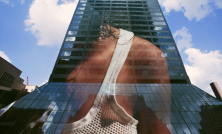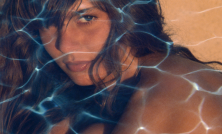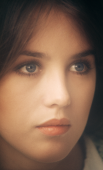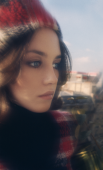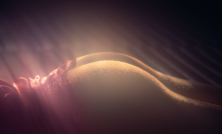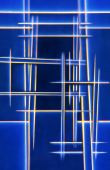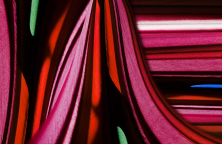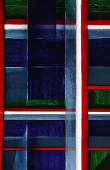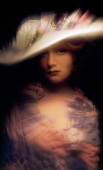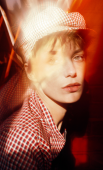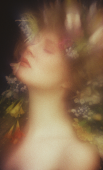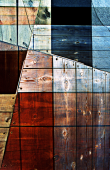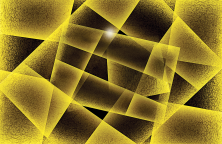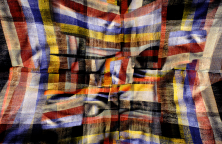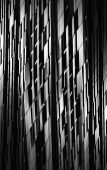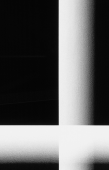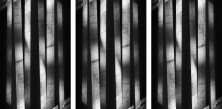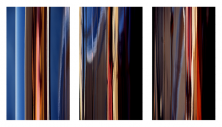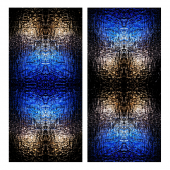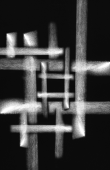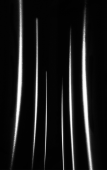Olivier Dassault
Olivier Dassault
The trajectory of Olivier Dassault's work brings together diverse references. "Many respected photographers have had a large effect on me. I am a colorist, yet I greatly admire the masters of black and white." He cites Willy Ronis, Edward Steichen, and Robert Doisneau specifically, as well as the rooftops and walls by Brassaï, bodies by Lucien Clergue and Helmut Newton, and the pointillist colors of Sarah Moon.Read more
Jane Birkin, Isabelle Adjani, Isabell Huppert... the young portraitist admires the grain that appears on 35mm film, for him it was nearing a style of impressionism. "I would like to treat faces as if they were landscapes. The need to liberate myself from painting opened up a more abstract vision of daily life."
Often, despite the "orphisme" - or the passion for rhythm and colors - that encompasses his work, some traces of reality remain, as if a part of a palimpsest. When looking at his work, however, one does not forget his inital intentions. It is like an "Art Club" - an hommage to Malevitch? - where we recognize a door with frosted glass. Or even in "El Barquo", an image that inspired the Cubists which was born from the contemplation of the slats of wood that made up a small boat.
In this hide-and-seek with reality, the titles and indications that accompany the works allot for new spaces of interpretation, preventing them from appearing cold. Abstraction in the vein of Olivier Dassault is a learned game, but one that can be played with children nonetheless. This metamorphosis is the essence of his work. Considering the impressions that are made on a roll of film, couldn't we compare photographic gestures to that of a boy enchanted by a kaleidoscope that he turns in front of his eye?
"It took me around thirty years to realize that I made a mistake in my vocabulary. I improperly perceived my attempts for abstraction as impersonal, where, rather, abstraction comes from a subjective language that mixes together sensations with gestures. Our impressions and humor in the depths of the subconscious influence the impulsive rhythm of taking photographs."
Above all, it is the way that light pulls together the composition of the image. Olivier Dassault enjoys the idea of being a "photographer of light". Etymologically speaking, what is a photograph if not something that has been written with light? With such a title, he suggests that light is not only material for photography but also his subject.
His images are presented in three states: day, beam, and ash. In the daytime, light booms and attacks that which is visible. With beams of light, we are able to turn the invisible, visible. In ash, we find blind clarity, and this state can be found in the first couple of portraits. Faces are transformed by an intense luminosity, referencing the halo of saints to the "mandorle" that encompasses the Virgin Mary.
Thierry Grillet





